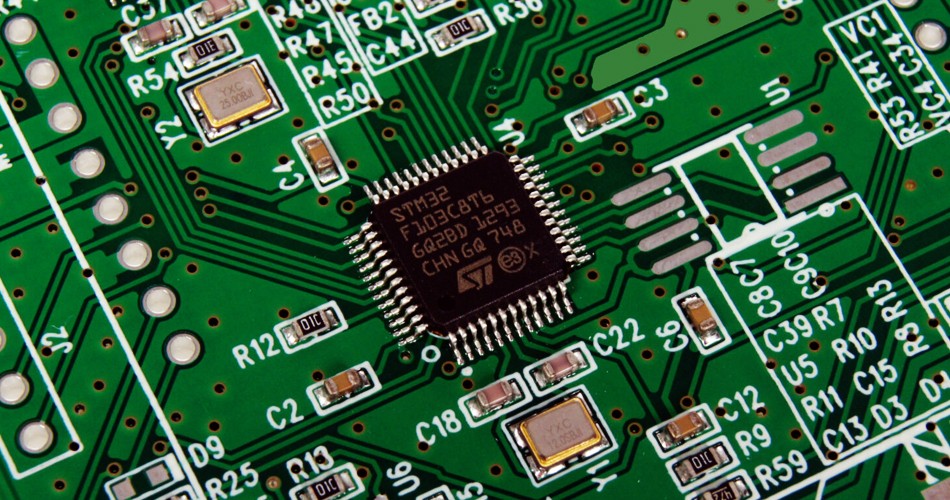- English
- Español
- Português
- русский
- Français
- 日本語
- Deutsch
- tiếng Việt
- Italiano
- Nederlands
- ภาษาไทย
- Polski
- 한국어
- Svenska
- magyar
- Malay
- বাংলা ভাষার
- Dansk
- Suomi
- हिन्दी
- Pilipino
- Türkçe
- Gaeilge
- العربية
- Indonesia
- Norsk
- تمل
- český
- ελληνικά
- український
- Javanese
- فارسی
- தமிழ்
- తెలుగు
- नेपाली
- Burmese
- български
- ລາວ
- Latine
- Қазақша
- Euskal
- Azərbaycan
- Slovenský jazyk
- Македонски
- Lietuvos
- Eesti Keel
- Română
- Slovenski
- मराठी
- Srpski језик
Sustainable material selection and green design in PCBA design
In PCBA design, sustainable material selection and green design are very important, which can help reduce environmental impact, resource waste and energy consumption. Here are some key aspects and strategies for sustainable material selection and green design:

1. Material Selection:
Renewable materials: Choose renewable materials such as bio-based materials, biodegradable materials and renewable plastics. These materials have a lower carbon footprint and better environmental sustainability.
Low-hazard materials: Avoid the use of hazardous materials such as lead, mercury, cadmium, and hexavalent chromium. Choose materials that comply with relevant regulations such as RoHS (Restriction of Hazardous Substances Directive) and REACH (Registration, Evaluation, Authorization and Restriction of Chemicals).
Material recovery: Prioritize recyclable and recyclable materials to reduce resource consumption and waste generation.
2. Design optimization:
Energy efficiency: Design circuits to minimize power consumption and optimize power management systems to improve energy utilization.
Compact design: Minimize the size of the PCB and reduce the use of materials and resources.
Modular design: Electronic equipment is designed into a modular structure to facilitate the replacement and repair of faulty components and extend product life.
Thermal Management: Design effective cooling systems to reduce heat dissipation requirements, lower device temperatures, and increase electronic component life.
3. Manufacturing and assembly:
Green Manufacturing Process: Adopt environmentally friendly manufacturing processes such as low-emission processes in coating, printing and assembly processes.
Energy-saving production: Optimize the energy efficiency of production lines and use energy-saving equipment and technology to reduce energy consumption.
Extended service life: Design and manufacture PCBAs with longer service life to reduce product scrap rates.
4. Packaging and transportation:
Recyclable packaging: Choose recyclable packaging materials to reduce the use of single-use packaging.
Reduce packaging volume: Design compact packaging to reduce resource consumption during transportation.
5. Life cycle assessment:
Conduct a Life Cycle Assessment (LCA) to evaluate the overall environmental impact of the product, including raw material collection, production, use and disposal stages, to identify potential environmental hotspots and take corresponding measures.
Provide clear product environmental labels to help consumers understand the environmental performance of products.
6. Compliance and Certification:
Ensure that PCBA design complies with environmental regulations and standards, and obtains relevant environmental certifications, such as ENERGY STAR, EPEAT, etc.
Track and comply with international, national and regional environmental regulations to ensure that products are legally marketed.
By adopting sustainable material selection and green design principles, manufacturers can reduce environmental impact, improve product sustainability, and meet growing environmental demands, while potentially reducing costs and improving market competitiveness. These strategies can help build more environmentally friendly and sustainable electronics.
Send Inquiry
-
Delivery Service






-
Payment Options









